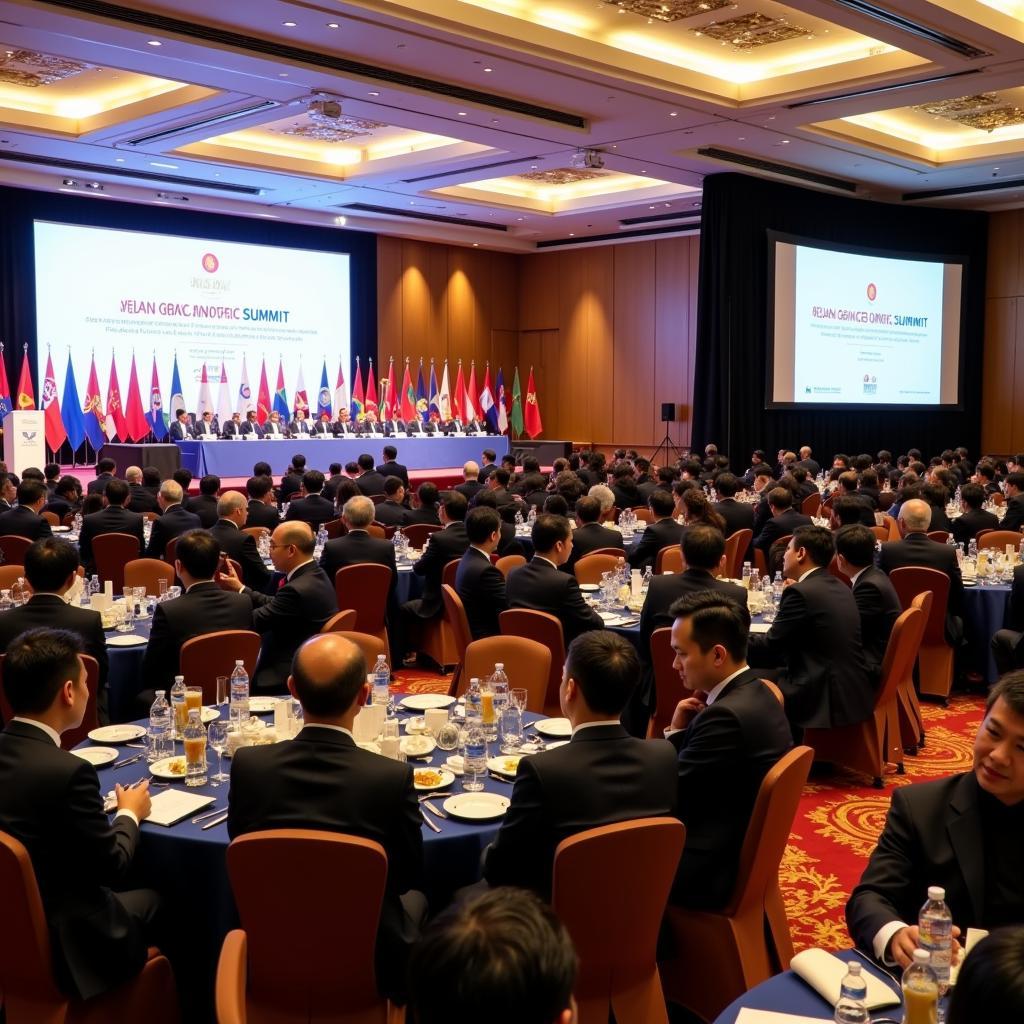The ASEAN DLMS meter explorer is your gateway to understanding the evolving landscape of smart metering in Southeast Asia. This article delves into the technical intricacies, market trends, and regulatory frameworks shaping the adoption of DLMS-compliant meters across the ASEAN region.
DLMS, or Device Language Message Specification, has become the global standard for interoperability in smart metering systems. Its implementation within ASEAN nations presents both opportunities and challenges as the region grapples with increasing energy demands and the need for efficient grid management.
Understanding DLMS Meters in ASEAN
Why DLMS Matters in the ASEAN Energy Sector
DLMS/COSEM plays a crucial role in enabling advanced metering infrastructure (AMI) within ASEAN. This robust standard ensures seamless communication between smart meters and utility systems, facilitating accurate data collection, remote monitoring, and efficient billing. The adoption of DLMS also promotes vendor neutrality, allowing utilities to choose from a wider range of meter manufacturers.
- Enhanced Data Collection: DLMS enables granular data collection, providing utilities with detailed insights into energy consumption patterns.
- Remote Monitoring and Control: Utilities can remotely monitor meter performance, diagnose faults, and even disconnect or reconnect meters, reducing operational costs and improving response times.
- Improved Billing Accuracy: Automated data collection minimizes human error, leading to more accurate and transparent billing processes.
- Vendor Neutrality: DLMS promotes competition among meter manufacturers, leading to innovative solutions and more cost-effective options for utilities.
Navigating the ASEAN DLMS Meter Market
The ASEAN DLMS meter market is experiencing significant growth, driven by rising energy demand, government initiatives promoting smart grids, and the increasing affordability of smart meter technology. However, varying levels of regulatory maturity and infrastructure development across the region present challenges for widespread adoption.
- Regulatory Frameworks: While some ASEAN nations have established clear regulations and standards for smart metering, others are still in the early stages of development. This fragmented regulatory landscape can create barriers for manufacturers and utilities operating across multiple countries.
- Infrastructure Development: The successful implementation of DLMS-based AMI requires robust communication infrastructure, including reliable power supply and communication networks. Investment in these areas is crucial for ensuring seamless data exchange between meters and utility systems.
Addressing Challenges and Opportunities
Overcoming Interoperability Challenges
While DLMS is designed for interoperability, practical implementation challenges can arise due to variations in meter configurations and communication protocols. Collaboration between utilities, meter manufacturers, and regulatory bodies is crucial for ensuring seamless integration and data exchange.
“Standardization is key to unlocking the full potential of DLMS in ASEAN,” says Dr. Anya Sharma, a leading expert in smart grid technologies. “Harmonizing communication protocols and data formats is essential for ensuring seamless interoperability and maximizing the benefits of AMI.”
Leveraging DLMS for Grid Modernization
DLMS-compliant meters play a vital role in grid modernization efforts across ASEAN. They provide the data foundation for advanced grid management functionalities such as demand response programs, distributed generation integration, and improved grid stability.
- Demand Response: DLMS enables utilities to implement time-of-use tariffs and demand response programs, incentivizing consumers to shift their energy consumption to off-peak hours, reducing peak demand and improving grid efficiency.
- Distributed Generation Integration: The increasing adoption of rooftop solar and other distributed generation resources requires advanced metering infrastructure to effectively manage bidirectional power flows and ensure grid stability. DLMS-compliant meters provide the necessary data and communication capabilities to facilitate this integration.
“DLMS provides the building blocks for a smarter, more resilient grid,” adds Mr. Kenji Tanaka, a senior consultant at a leading energy management firm. “By leveraging the capabilities of DLMS-compliant meters, ASEAN utilities can optimize grid operations, improve reliability, and integrate renewable energy sources more effectively.”
Conclusion
The ASEAN DLMS meter explorer reveals a dynamic and evolving landscape. While challenges remain, the potential of DLMS to transform the energy sector in Southeast Asia is undeniable. By embracing standardization, investing in infrastructure, and fostering collaboration, ASEAN nations can unlock the full potential of DLMS and pave the way for a more sustainable and efficient energy future. The future of energy management in ASEAN hinges on the successful integration of DLMS technology.
FAQ
- What is DLMS/COSEM?
- Why is DLMS important for smart metering?
- What are the benefits of using DLMS meters in ASEAN?
- What challenges are associated with implementing DLMS in ASEAN?
- How can interoperability challenges be addressed?
- What is the role of DLMS in grid modernization?
- How can I learn more about DLMS meter implementation in my country?
For support, contact us at Phone: 0369020373, Email: [email protected] or visit our office at Ngoc Lien Village, Hiep Hoa, Bac Giang, Vietnam. We have a 24/7 customer support team.


